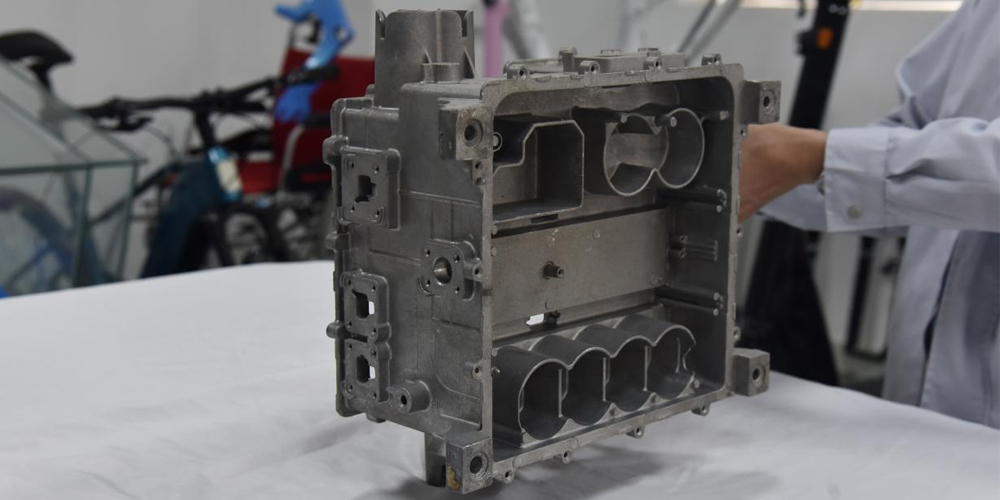Die casting is a widely used manufacturing process that allows for the production of complex metal parts with high precision and efficiency. The quality of the final product largely depends on the design and development of the die casting mold. In this article, we will explore the key aspects involved in creating the perfect die casting mold for superior manufacturing.
1. Material Selection:
The first step in developing a high-quality die casting mold is selecting the appropriate material. The mold material should have excellent thermal conductivity, high strength, and good wear resistance to withstand the repeated heating and cooling cycles during the casting process. Common materials used for die casting molds include tool steel, H13 steel, and hot work steel alloys.
2. Mold Design:
The design of the die casting mold plays a critical role in achieving superior manufacturing results. The mold should be designed with precision to ensure uniform filling, proper venting, and minimal porosity. It should also accommodate features like complex geometries, thin walls, and undercuts as required by the final product design. Computer-Aided Design (CAD) software is often used to create the mold design, allowing for accurate and efficient prototyping.
3. Cooling System:
Efficient heat dissipation is essential during the die casting process to prevent thermal fatigue and maintain dimensional stability. The mold should incorporate a well-designed cooling system to ensure uniform cooling throughout the casting process. This can be achieved through the use of cooling channels strategically placed within the mold. Proper cooling reduces cycle time, minimizes part distortion, and improves overall productivity.
4. Surface Finish:
The surface finish of the die casting mold is crucial in achieving a high-quality final product. A smooth and defect-free surface finish on the mold translates to similar characteristics on the casted parts. Proper surface treatments, such as polishing and texturing, can enhance the visual appearance, corrosion resistance, and overall performance of the final product.
5. Mold Maintenance:
Regular maintenance and proper care of the die casting mold are essential for superior manufacturing. Mold maintenance includes cleaning, lubrication, and inspection to prevent defects and extend the life of the mold. Any signs of wear or damage should be addressed promptly to avoid production delays and compromised part quality.
6. Testing and Optimization:
Once the die casting mold is ready, it undergoes rigorous testing and optimization to ensure its performance meets the desired specifications. The mold is tested for factors such as dimensional accuracy, surface finish, and part integrity. Any issues or limitations identified during testing are addressed through iterative modifications and adjustments to achieve optimal results.

7. Continuous Improvement:
To stay ahead in the competitive manufacturing industry, continuous improvement is key. The die casting mold design and development process should be constantly evaluated and refined to incorporate the latest advancements in materials, technologies, and manufacturing practices. Regular feedback from production teams and customers should be taken into account to identify areas for improvement and innovation.
In conclusion, developing the perfect die casting mold for superior manufacturing involves careful consideration of various factors like material selection, mold design, cooling system, surface finish, mold maintenance, testing, and continuous improvement. By paying attention to these aspects, manufacturers can ensure the production of high-quality, precise, and efficient metal parts through the die casting process.
-

- CNC-bearbeitete Teile und Komponenten
-

- Druckguss-Elektrofahrzeug-Mittelmotorgehäuse aus Magnesiumlegierung
-

- Thixomolding Teile & Komponenten Handy Mittelplatine verarbeitet
-

- Druckgussteile aus Mangansiumlegierung Thixomolding-Metallteile
-

- Elektrofahrrad Magnesiumlegierung 12 Zoll integriertes Rad 36v10ah Elektromoped
-

- Ultraleichte Federgabel für MTB

 0086-750-5616188
0086-750-5616188 +86 13392089688
+86 13392089688 sales@zhongmei-tech.com
sales@zhongmei-tech.com







